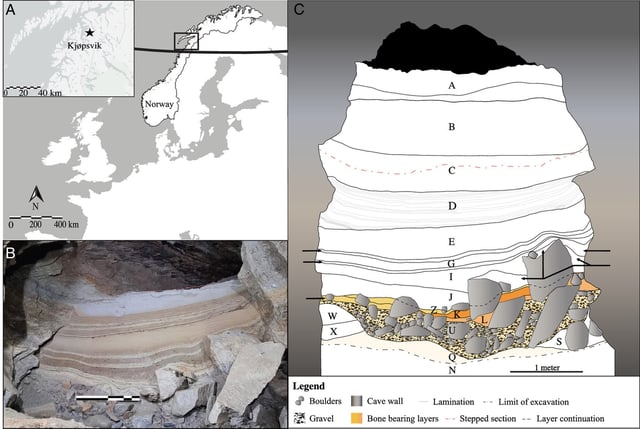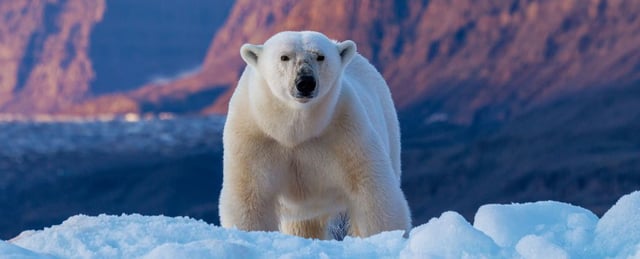Overview
- Excavations in 2021–22 at Arne Qvamgrotta in northern Norway uncovered over 6,000 bone fragments forming the oldest-known diverse animal community in the European Arctic, dated to about 75,000 years ago.
- Researchers identified 46 taxa across mammals, birds and fish — including the third-oldest polar bear specimen, walrus, bowhead whale and the first Scandinavian collared lemming — using comparative osteology and ancient-DNA metabarcoding.
- Multiple dating techniques placed the assemblage in a warmer interstadial of the last ice age, revealing an ice-free coastal landscape with seasonal sea ice and freshwater habitats that enabled northward migrations.
- Mitochondrial-DNA comparisons indicate none of the ancient lineages, such as polar bear, collared lemming and Arctic fox, survived the subsequent return of glaciers, signaling past population die-offs.
- Authors link the deep-time record to modern conservation, warning that rapid climate-driven habitat shifts may pose similar extinction risks for cold-adapted Arctic species today.

